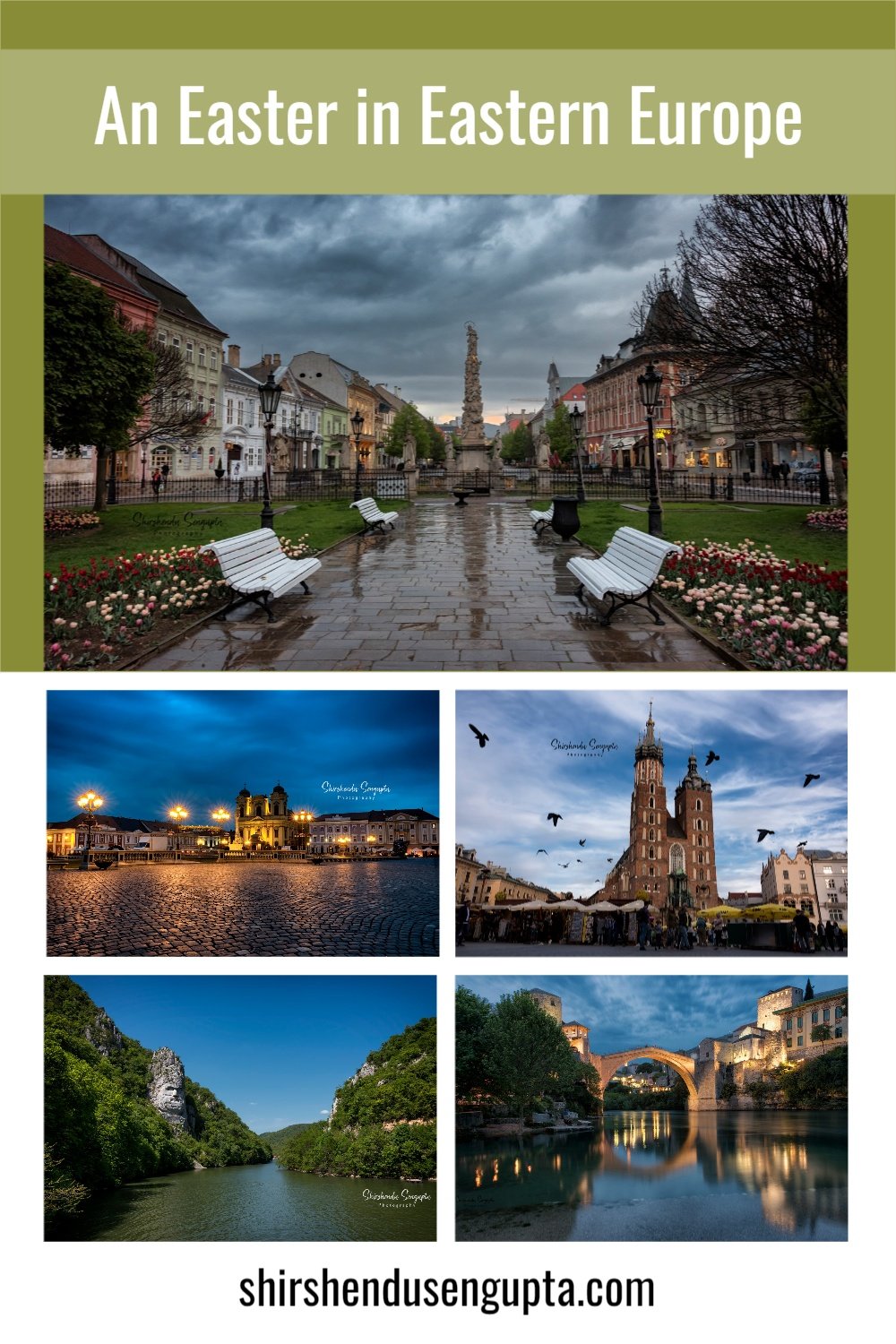Slovakia Travel
In the heart of Central Europe, more than a quarter-century after the split of Czechoslovakia, the hilly landlocked country of Slovakia, has become a fearless, independent sovereign country. The capital city of Bratislava attracts site visitors to its glorious old town and tankard-clanking drinking culture. Nearly an alternate realm, Slovakia's less-visited east is dotted with charming churches. Within its national forests are landscapes battle-scarred by the clash of rivers and rocks. Beyond the eastern boutique town of Košice, the Tokaj wine area spreads out across the very scarcely populated countryside.
Previously a part of the Austro-Hungarian empire, the Slovaks joined Bohemia and Moravia's neighboring regions to form Czechoslovakia in 1918. During World War II, Slovakia became a separate republic in 1938, tightly managed by Germany. Post the Second World War in 1945 with the Warsaw Deal, Czechoslovakia became a communist state within a Soviet-ruled Eastern Europe. With the collapse of the Soviet power in 1989, Czechoslovakia became a sovereign state that lasted only for four years. The Slovaks desired a decentralized Czechoslovakia, while the Czechs enjoyed the entire country being governed from Prague. The bickering went back and forth until the elections were held in 1992, with the Czech and Slovak election winners deciding that it remained in everybody's best interests to break up, an unpopular decision known in history as the non-violent 'Velvet Divorce.'
Through this series of articles, I intend to share our stories and experiences of traveling across Slovakia with our fellow photography and travel enthusiasts. I hope they help you plan your travels across this beautiful country!



Today I’m going to tell you a summer story. An epic summer story of an 8000 km road run across Slovenia, Albania, North Macedonia, Kosovo, Bulgaria, Romania, and Slovakia from the Netherlands.